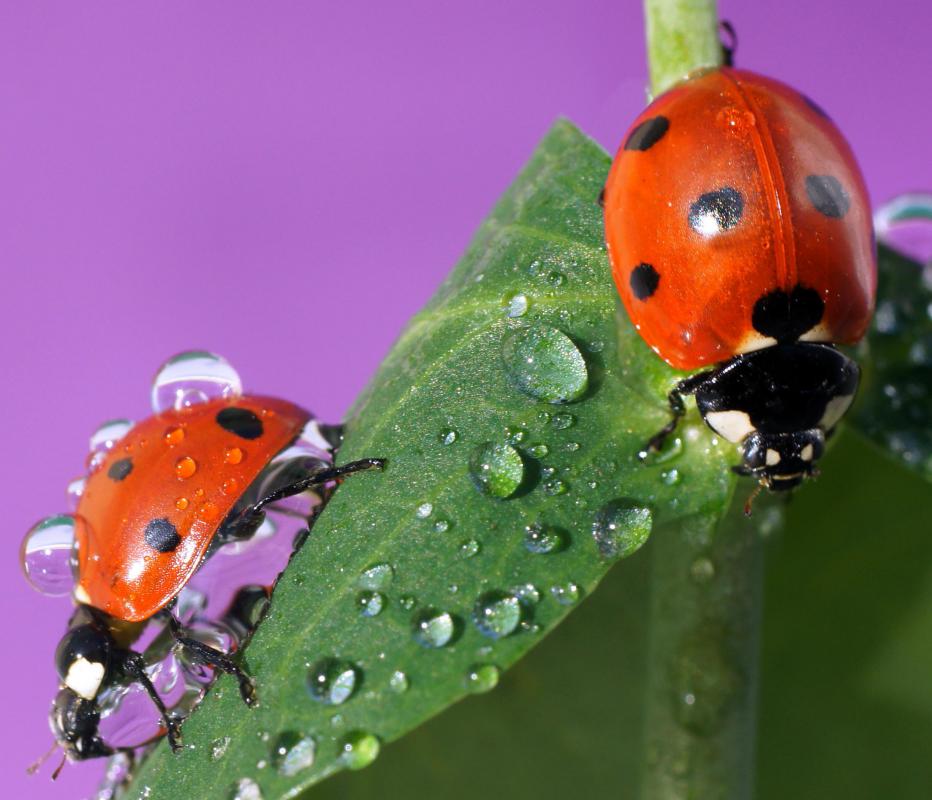At WiseGEEK, we're committed to delivering accurate, trustworthy information. Our expert-authored content is rigorously fact-checked and sourced from credible authorities. Discover how we uphold the highest standards in providing you with reliable knowledge.
Why does the Genome Size Differ in Different Organisms?
Genome size differs in different organisms for reasons not entirely known to modern science. Genome size is loosely correlated with complexity in many cases, but there are numerous notable exceptions. For example, certain bacteria and many plant species have larger genomes than humans. A term frequently used interchangeably with genome size is "C-value." This is an abbreviation for the word "constant," a reference to the fact that genome size between individuals of the same species is roughly constant. The question of why certain simple organisms have large genomes is called the "C-value enigma" in biology.
The discovery of "junk DNA," or non-coding DNA, in the early 1970s partially solved the C-value enigma. Junk DNA does not code for proteins, and although there is recent evidence that it may regulate how genes turn on and off, it does not contribute nearly as much biological complexity as the portion of the DNA that contains actual genes. If you account for junk DNA, the number of genes in an organism does roughly correlate with what we would intuitively call biological complexity.

The simplest answer for the question of the relationship between genome size and organism type is that there is no relationship. Genome sizes vary greatly even among the same category of organism; for example, in animals there is variance by a factor of 3,300, and in land plants by a factor of about 1,000, and among protists by as much as 300,000.

Genome size is measured in two ways: by weight, in picograms, and by base pairs, in millions of bases, or megabases. The human genome contains about 3,000 megabases, but only 1.5% of the genome actually codes for true genes. A chicken's genome contains about 1,300 megabases. A clam has about 3,200, as do mice. Some frogs clock in at 6,500 megabases, more than twice the size of the human genome. a ladybug has about 300 megabases. It is impossible to guess the genome size of an organism just by looking about it, unless you already have prior knowledge of the answer.
AS FEATURED ON:
AS FEATURED ON:












Discuss this Article
Post your comments